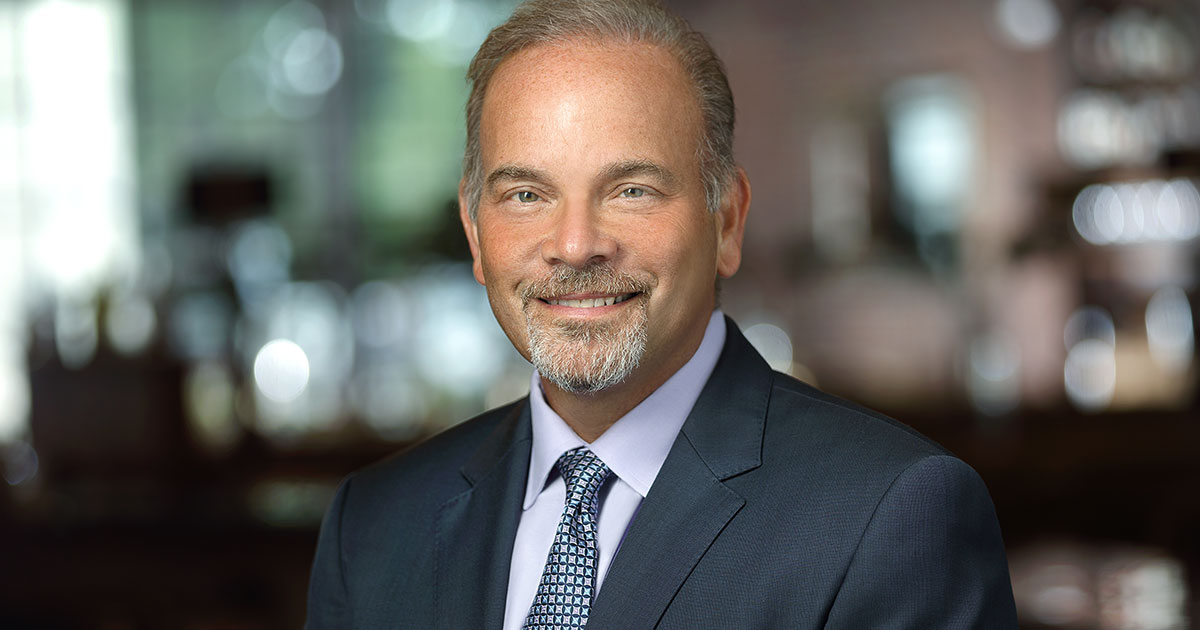Meet Neurosurgeon Roy D. Vingan, MD, Expert in Minimally Invasive Spinal Surgery, Neurotrauma, and Vascular Neurosurgery


Five questions for a leading neurosurgeon and expert in minimally invasive spinal surgery, including how technology plays a role in his treatment approach
One of the founders of New Jersey Brain and Spine, Roy D. Vingan, MD, is a strong advocate of conservative care and an early adopter of new technologies. He was among the first neurosurgeons in the region to use minimally invasive brain and spinal surgery procedures, and he has helped thousands of patients improve their quality of life and thrive.
In practice for nearly three decades, for the past 15 years Dr. Vingan has focused primarily on treating patients with spinal conditions. He has held several leadership positions, and currently serves as Vice Chairman of the Department of Neurosurgery, Co-director of Spine Surgery, and Chief of Minimally Invasive Surgery at Hackensack University Medical Center.
Here’s more about Dr. Vingan and his care philosophy.
Dr. Vingan: Early in medical school, I read and was inspired by the book, My Life as a Brain Surgeon, by Irving Cooper, who was a pioneer in the field of functional neurosurgery. Neurosurgery appealed to me because it was a frontier specialty, and I knew there would always be something new to learn about the brain.
My medical school and residency program was very focused on trauma and emergency treatment, so I gained a lot of experience with aneurysms and trauma, mostly intracranial work. During my first 10 years of practice, I did a great deal of general neurosurgical work and focused on aneurysm treatment.
Dr. Vingan: I find the spine more challenging when it comes to decision making. If someone has a brain tumor, deciding whether to take it out is fairly straightforward. With extreme back pain, there are many different factors to consider. I take a measured, personalized approach to each patient.
Spinal stenosis is the most common condition I encounter. It’s an ailment of living a longer life. Discs degenerate to the point that the spine starts to narrow, and patients start to experience mobility limitations. They have a fair amount of pain that limits their quality of life. Spinal stenosis patients respond beautifully to surgery.
Dr. Vingan: When a patient first meets me, I make sure they are comfortable. First and foremost, I want patients to understand their condition and their treatment options.
They may be worried about surgery, but often we find that it’s not necessary to operate at all. I use many nonsurgical techniques, including pain management and physical therapy.
Dr. Vingan: To stay current, I look at new technologies as they come along and assess them for their value to my patients. I pay attention to what’s new and novel, but I’m not interested in experimenting. I only explore new treatments when they have proven, evidence-based outcomes.
I use techniques that many physicians still don’t employ. I was one of the first surgeons to train in XLIF (Extreme Lateral Interbody Fusion), an approach to lumbar spine surgery. I was the first surgeon to perform this procedure in Africa, during a mission trip to Tanzania, and I’ve taught it to other surgeons. It has changed the lives of many patients.
Dr. Vingan: All of my patients are meaningful to me, but it’s been extremely gratifying to treat older patients with degenerative scoliosis conditions. Many of these people have lost hope, and it’s very rewarding to help them thrive again.
I treated a 93-year-old who had spinal stenosis for 15 years. Although it limited his quality of life, he wasn’t ready to treat it until his grandson (who I had treated for a hydrocephalus condition many years before) insisted that he come to see me.
Every Wednesday there was a dance night at this patient’s assisted living facility, but he couldn’t dance because of the pain. I operated on him, and six weeks later he was dancing again.